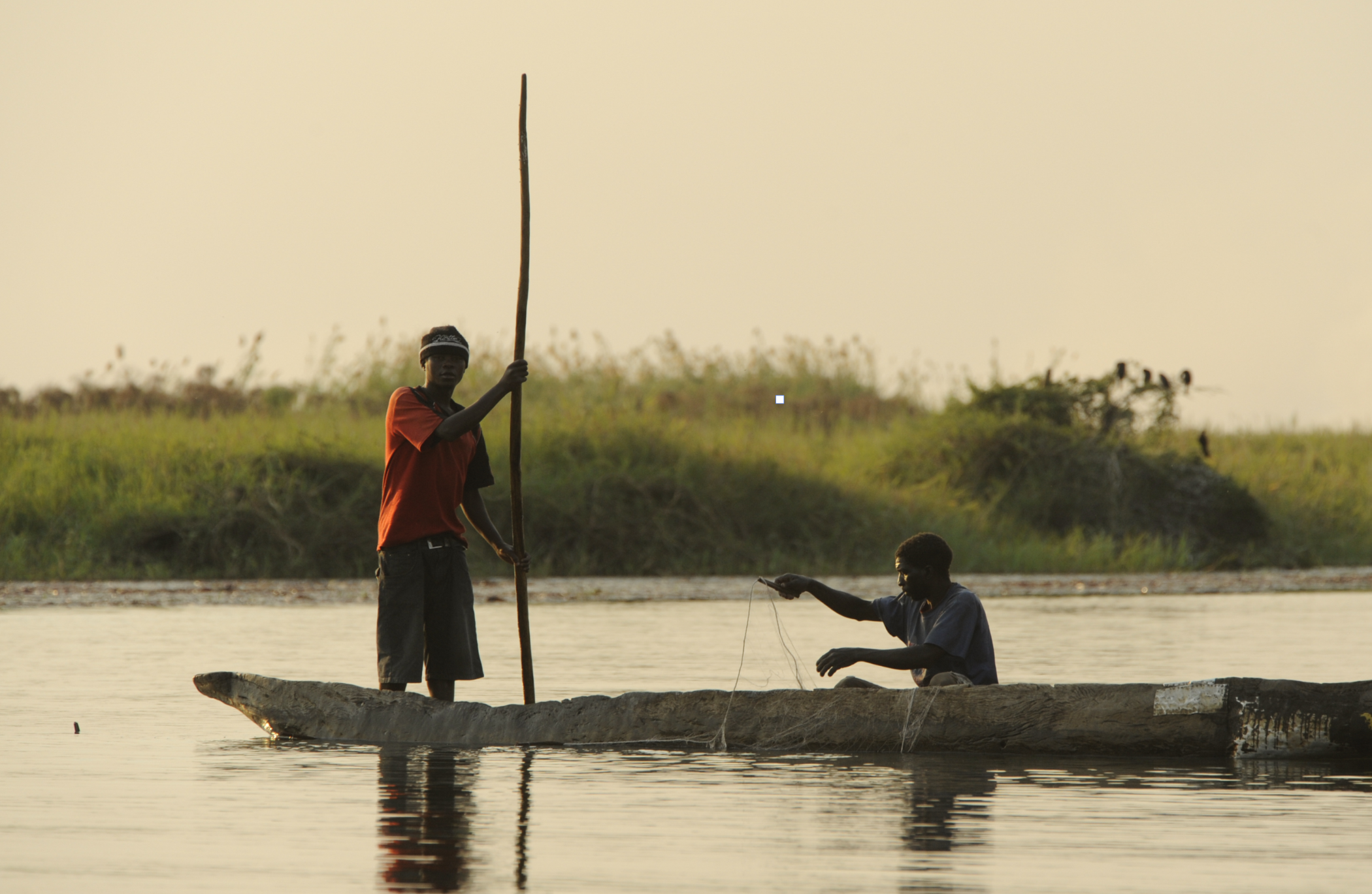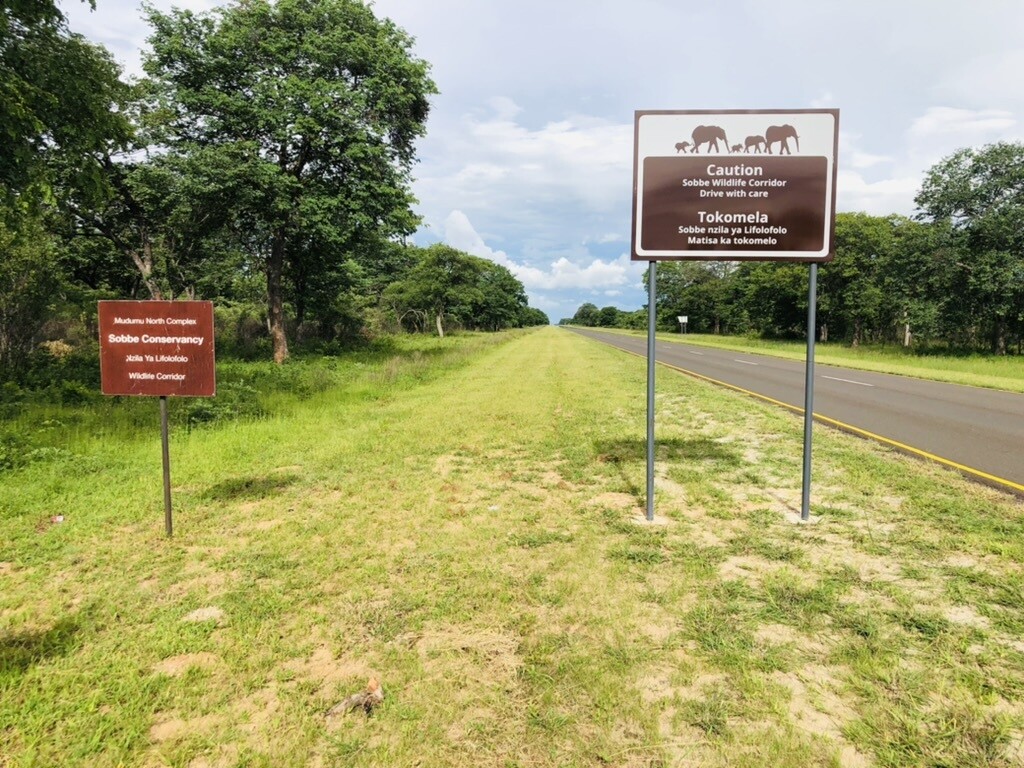




The Integrated Conservation Planning for the Zambezi intervention aims to support a connected, resilient, economically viable conservation landscape for people and nature in the Zambezi Region. The Zambezi Region of Namibia (14 785 km²) is at the heart of the Kavango Zambezi Transfrontier Conservation Area (KAZA TFCA), an area of over 520 000 km² through a Treaty by five member states (Angola, Botswana, Namibia, Zambia, and Zimbabwe).
Through this intervention, mechanisms to restore degraded components of the Zambezi State Forest Reserve, a woodland of significant importance to local livelihoods and a wildlife corridor within KAZA will be supported following collaborative approaches between indigenous people and local communities working in tandem with state actors, NGOs, and conservancies.

COmON supports the Zambezi Integrated Conservation Plan, led by WWF Namibia. This project involves restoration and conservation of an area in the middle of KAZA. The Zambezi State Forest Reserve, officially recognised in May 2023 partly through COmON’s contribution, is the largest of the three Forestry Reserves present in Namibia with an area of almost 145,000 hectares. There is now a big challenge to achieve alternative livelihoods in the buffer zones of this area together with local communities.
Ecosystem degradation leads to 4 losses: purpose or hope, employment and security, biodiversity, including degradation of soil and water, and economic activity. The 4Returns approach strives to reverse this, by creating programmes that address:
Return to inspiration: giving people hope and a sense of purpose
Return of social capital: bringing back jobs, business activity, education, and security
Return of natural capital: restoring biodiversity, soil, water quality and capturing carbon
Return of financial capital: realising long-term sustainable profit

Furthermore, agroecological value chains will be piloted for local economic growth. This integrated conservation approach produces better returns simultaneously addressing pressures from conflicting land uses and competing development demands.
